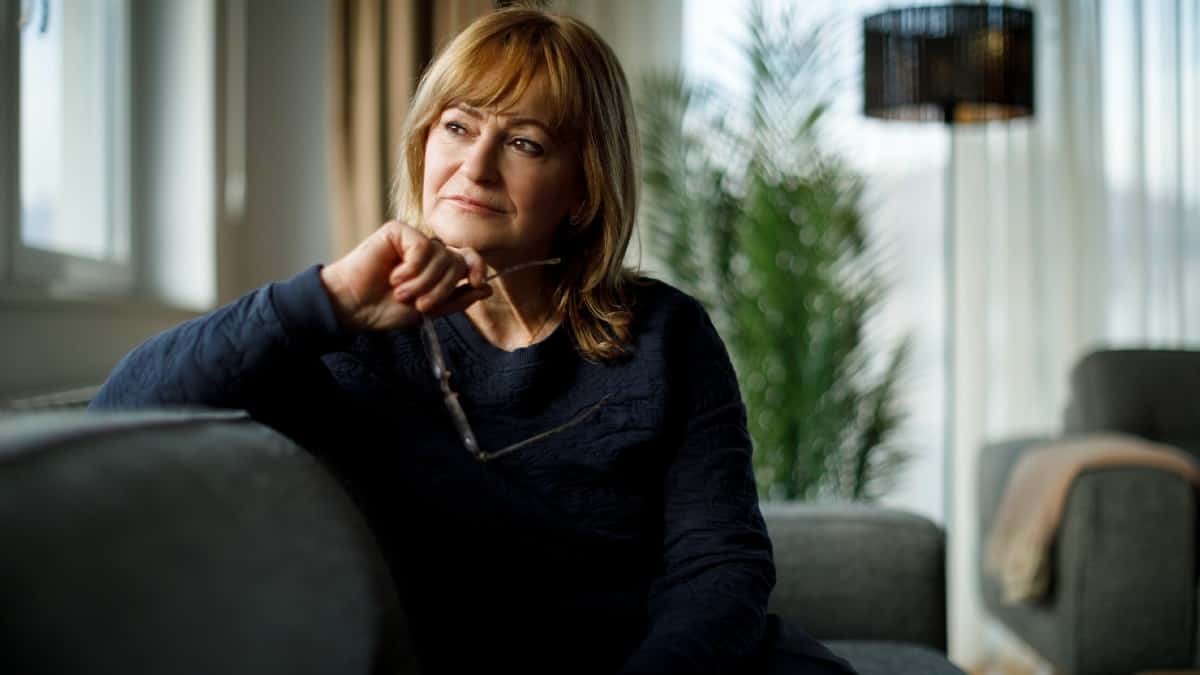There are some eye-catching income stocks on the FTSE 100 today, including telecoms titan BT Group and mobile phone giant Vodafone. They offer incredible yields of 7.06% and a staggering 11.09% respectively.
Yet their share prices have been crashing for years. Investors who grabbed these falling knives have the scars to show. Their sky-high dividends can’t compensate for that. I’d rather take a slightly smaller yield in the hope of bagging some capital growth as well.
Two solid yielders
I sold my small stake in mining giant Rio Tinto (LSE: RIO) six months ago, because I needed some cash, when I would much rather have held onto it. Thankfully, I haven’t missed much. The stock is down 12.78% over the last year, as investors fret over the impact of the struggling Chinese economy on demand for metals and minerals.
Today, Rio’s cheap as a result, trading at just 8.67 times earnings. It’s forecast to yield 7.4% in 2024, covered 1.7 times by earnings. By contrast, Vodafone’s yield has cover of just 0.8 times.
Like any stock, Rio isn’t perfect. Underlying EBIDTA earnings fell 9% to $23.9bn last year as copper, aluminium, diamonds and industrial metal mineral prices all fell. Yet thanks to its solid balance sheet, Rio was still able to hike its final dividend from 3.7 cents a share to to 4.2 cents, distributing 60% of its earnings for the eighth year in a row.
If the US slips into recession or the dollar loses some of its strength, earnings may slow. I’m not expecting the share price to suddenly rocket. China is showing signs of life but economic problems are far from resolved, and it’s crazy growth period is over either way. Commodity stocks are cyclical, so I like to buy them when they’re down and I’m keen to add Rio to my portfolio when I have the cash. This time, I won’t sell.
Home improvement retailer Kingfisher (LSE: KFG), which has more 1,300 stores in nine European countries, has struggled lately as the slowdown hits sales at brands including B&Q, Screwfix, Castorama, Brico Dépôt and TradePoint.
Getting out of a fix
Yet I think it looks ripe for a recovery when inflation peaks, interest rates fall, consumers have more to spend and the housing market recovers (assuming all that actually does happen!). The process may have started with the Kingfisher share price up 5.42% in the last month, although it’s still down 18.6% over the year. Trading at 7.7 times earnings, the stock still looks cheap.
Brokers have glaringly different views ahead of full-year results due on 25 March. JP Morgan has put Kingfisher on a negative catalyst watch, warning that earnings expectations look overly optimistic, while costs remain high. Citi, by contrast, reckons it’s “well positioned to benefit from a recovery in the UK housing market”.
That’s my position too. I’d rather buy Kingfisher while there’s still risk on the table, as its shares are cheaper as a result. Plus I get a higher yield of a forecast 5.2%, with halfway decent cover of 1.7 times earnings. It’s on my watchlist but I’d buy Rio Tinto first. And I’d buy both of them before BT Group and Vodafone.







